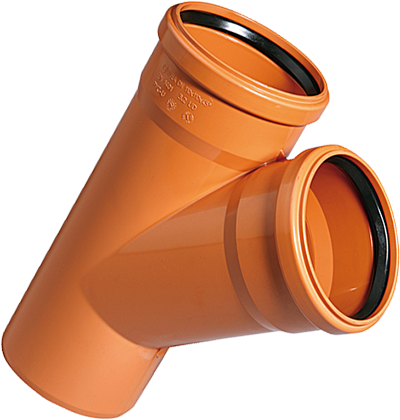„Placement in the area of ground water is possible only if it is ensured that the embankment material is not dislocated and shifted (e.g. embedding the fine gravel in concrete to the filtration layer)".
„During works in the area of ground water it is necessary to ensure that the bearing/supporting layer of placement does not contain water during the construction work implementation."
„The zone of pipework must be protected against each predictable change of bearing capacity, stability or the bed when such change can be a result of the ground water action for example".
Be so kind and contact us if you have doubts about suitability of the sewage piping placement. In such case we will carry out an analysis of structure.
We have the “leak tightness at external over-pressure” test record of the manufacturer of sealing rings at our disposal. The manufacturer is the firm M.O.L. and the test record is dated 14th July 2004). The test was conducted against the external pressure action in the height of 0,5 bar (5m of water column).
